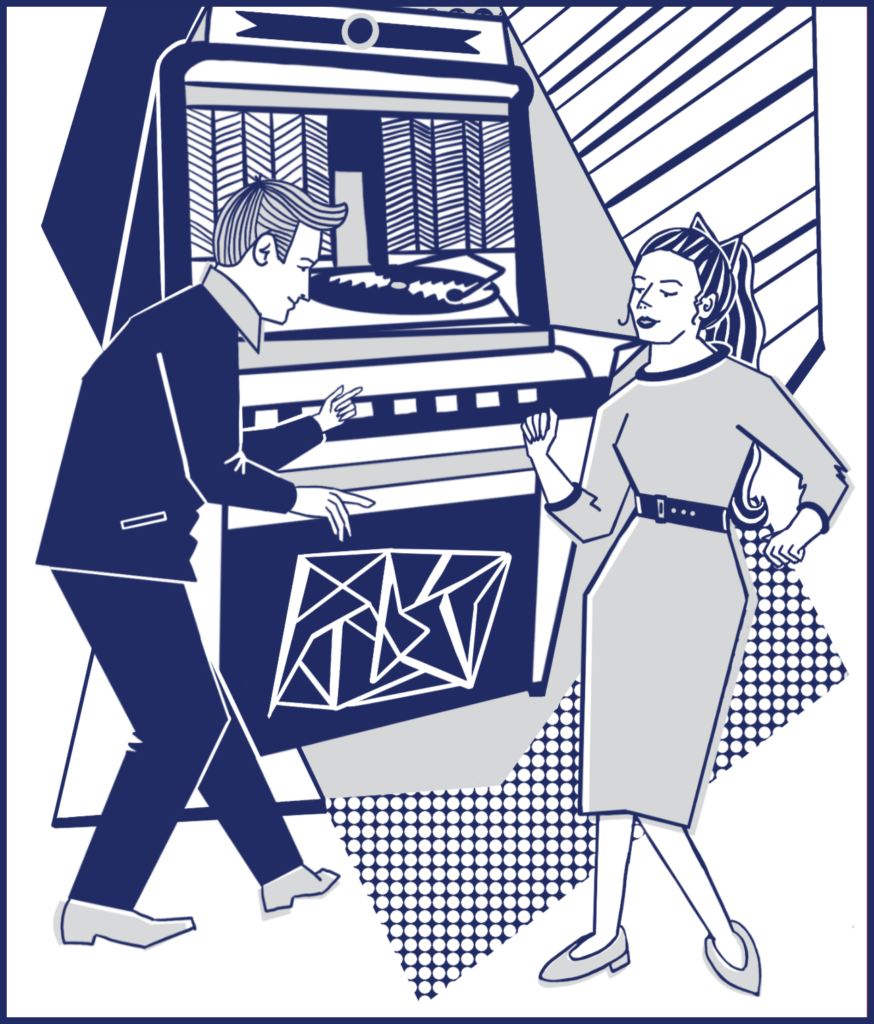
🧑 What is a user persona?
The term persona was coined by Alan Cooper in his book The Inmates Are Running the Asylum: Why High-Tech Products Drive Us Crazy and How to Restore the Sanity (1998). In this seminal work, he describes personas as “archetypical users whose goals and characteristics represent the needs of a larger group of users.” In other words, a user persona is a representation of a type of user, but more specifically who they are, what they think, and how they feel.
His concept of a persona evolved into what we know as user personas today. Within product design and development, they are an important tool, because they give us a deep understanding of our target audience. This is fundamental when it comes to creating and enhancing products. What problems are we trying to solve, and for who and why?
User personas help answer the key question who are we designing and developing for?
They are also important as we cannot talk to every single user, and ask they how they feel and what they do (although we do have to talk to some to help shape the personas). User personas help us understand their expectations, concerns and motivations: the what, the why and the how.
User personas are not to be confused with buyer personas. A buyer might not end up as a user of the product. While there is some overlap between them, they should still be treated as separate types of personas.
📚 Why do we use user personas?
User personas have many functions:
- They are used to build empathy and gain a perspective similar to our users
- They help us step out of ourselves and recognize that different people have different needs and expectations.
- They remind us that WE ARE NOT THE USER. Our personal opinions and feelings shouldn’t define how the product looks and works.
- They help use to consider the user at all times. Personas are the user’s seat at the table. We are creating the product for them.
- They can be used to shape product strategy and to settle decisions.
- They aid us in avoiding self-referential design. See the “we are not the user” point again.
- Lastly, they can be used to communicate research findings with our teams, and provide a greater understanding of our users.
📝 Important things to note
- Personas aren’t fictional guesses as to what a target user things. Every aspect of a persona’s description is tied back to real data, both observed and researched.
- Personas reflect real user patterns and not different user roles. Personas should not be a reflection of roles within a system.
- Personas should focus on the current state of how users interact with the project as it is, and not how they will interact with some future state.
- Personas are context specific, and are tied to the behaviours and goals related to the specific domain of a product. Therefore, they need to be flexible and more high level to achieve this.
